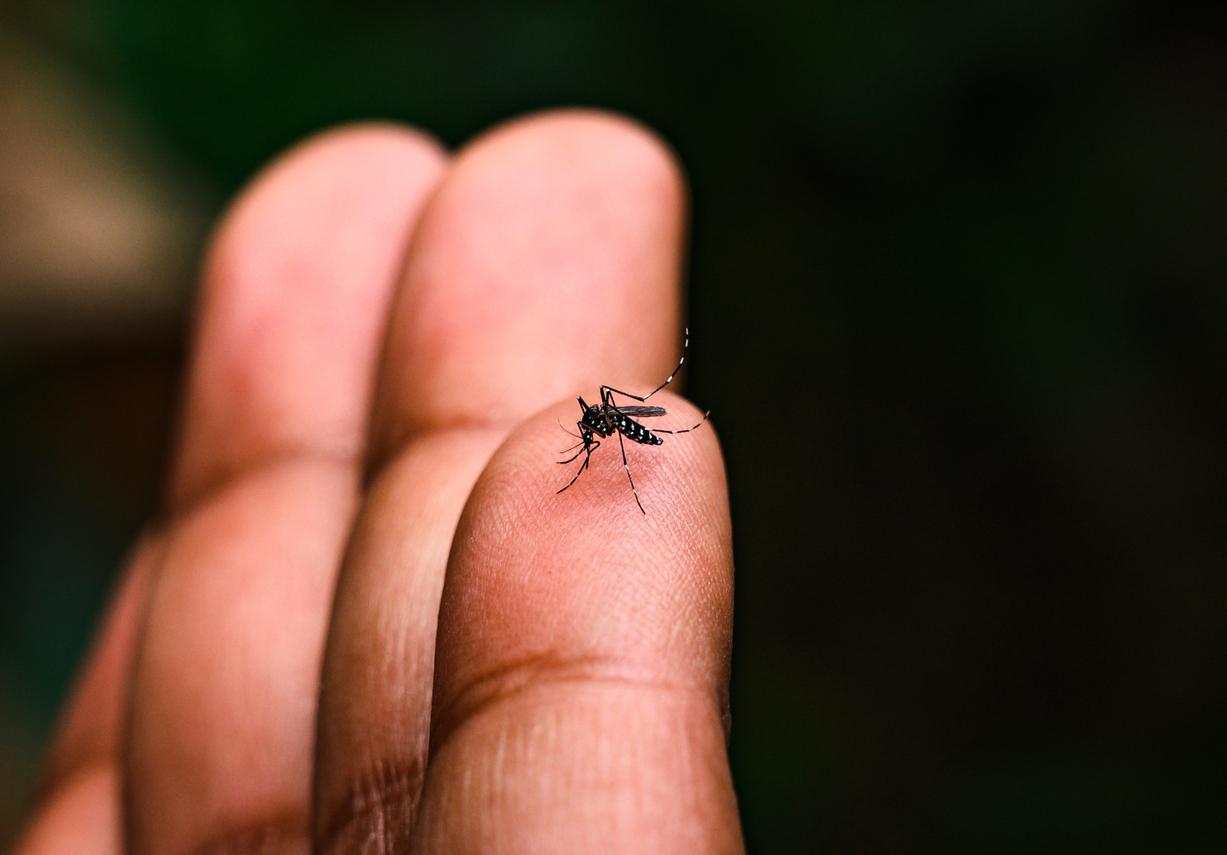In its latest bulletin, Public Health France observes a correlation between the pollution peaks recorded in recent weeks and an increase in the number of new cases of Covid-19.

- Fine particles are associated with epidemic rebounds of transmissible respiratory diseases, and in particular of Covid-19.
- Sandstorms from the Sahara are pointed to as responsible for the epidemic increases.
The epidemiological trend is on the rise for the second consecutive week, noted Public Health France in its epidemiological bulletin of March 4. The increasing diffusion of more contagious variants is one of the main explanations for this increase. The professor of public health and director of the Institute of global health of the University of Geneva, Antoine Flahault, estimated, in remarks relayed by The worldthat pollution peaks promote contamination and explain this epidemic rebound.
“Epidemic storms”
Three episodes of pollution, linked in particular to clouds of sand dust from the Sahara, have affected many regions and the last has just ended. “The role of high concentrations of fine particles in the air could be one of the major determinants of both the transmission and the severity of Covid-19, with Professor Antoine Flahault. Whether of natural origin such as desert sand or anthropogenic, fine particles are associated with epidemic rebounds of transmissible respiratory diseases, and in particular of Covid-19.”
On November 21, Antoine Flahaut published an article in the journal Earth Systems and Environment in which he links pollution peaks and an increase in cases of Covid-19 contamination. Thanks to the analysis of the data of the concentrations of pollutants and the number of new contaminations in Paris, London and in the Swiss canton of Ticino, he found that each episode of pollution is followed by an epidemic peak, so that he name these eventsepidemic storms”. Peaks of PM 2.5 fine particles – less than 2.5 micrometers in size – are the most dangerous to health because they penetrate deep into the body.
The sand clouds of the Sahara in question
The researcher takes the example of the Italian patient zero, Mattia Maestri who, while he was in good health, found himself intubated for eighteen days in February 2020. According to Antoine Flahaut, his was explained “possibly due to the extremely high concentrations of fine particles in Lombardy” at the moment. The pollution peaks are, according to him, also in question to explain the saturation of hospitals as well as the excess mortality observed in various regions of Europe in the spring of 2020, during the first wave. A sandstorm, coming from the Sahara, hit the Canary Islands on February 23, 2020 and in the days that followed, several tourists were infected, including an Italian who fell seriously ill.
Sand particles appear as a vector for disease transmission and therefore, during a pandemic period, for the SARS-CoV-2 virus. “By traveling for hundreds or even thousands of kilometers, the sand particles will carry a whole bunch of pollutants and pathogens”, continues the radiologist Thomas Bourdrel, co-author of a summary article on the links between air pollution and Covid-19 published last February in the journal European Respiratory.

.















